|
|
 |
Key to CrepisView taxon page for Crepis
(For a list of species in Crepis, use the above link.) Jepson Manual glossary definitions can be seen by moving your cursor over words underlined with dots. 1. Annual or biennial (perennial herb); base of plant generally not strongly swollen or woody (except some Crepis vesicaria subsp. taraxacifolia); taproot shallow, fibrous 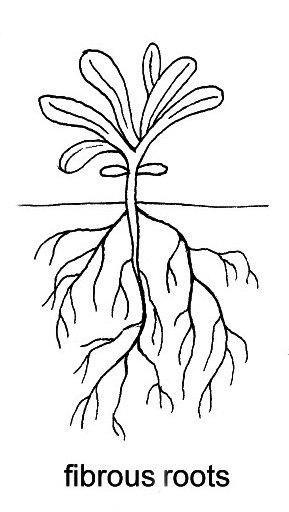 1. Pertaining to structures that are composed at least in part of more or less thread-like but usually tough elements (e.g., Yucca leaves). 2. Pertaining to a root system composed of many roots similar in length and thickness (e.g., grass roots). roots present 3' Stem ± tomentose  Covered with densely interwoven, generally matted hairs. and/or short-hairy or bristly, not stalked-glandular 4. Involucre 5–8 mm; inner phyllaries with double row of ± black stalked glands along abaxial midrib, glabrous adaxially; fruit ± brown-yellow ..... C. capillaris 4' Involucre 6–9 mm; inner phyllaries minutely tomentose to short-hairy abaxially, minutely hairy adaxially; fruit ± dark red- or purple-brown ..... C. tectorum 2' Fruit, at least inner, distinctly beaked 5' Fruits all similar, beaked 6. Stem coarsely long- or short-hairy; cauline leaf  Organ arising from a stem, generally composed of a stalk (petiole) and a flat, expanded, green, photosynthetic area (blade); distinguished from a leaflet by the presence in its axil of a bud, branch, thorn, or flower; sometimes with lateral, basal appendages (stipules); either simple (toothed, lobed, or dissected but not divided into leaflets) or compound (divided into leaflets). blade  Expanded portion of a leaf, petal, or other structure, generally flat but sometimes rolled, cylindric, wavy, or cupped. sagittate  Arrowhead-shaped, with two basal lobes oriented nearly parallel to the long axis. , sharply lobed; phyllaries not reflexed  Abruptly bent or curved downward or backward. ; fruit ± red-brown, beak 1–2 mm ..... C. setosa 6' Stem short-hairy or tomentose to ± glabrous, not coarsely long-hairy; cauline leaves sessile  Without a petiole, peduncle, pedicel, or other kind of stalk. , clasping but not sagittate and sharply lobed; phyllaries reflexed at maturity; fruit pale brown to yellow, beak 2–5 mm ..... C. vesicaria subsp. taraxacifolia (2) 1' Perennial herb; base of plant swollen and ± woody; taproot (or creeping rhizome) well developed, deep 7. Plant entirely glabrous (leaves occasionally puberulent  Minutely hairy. in Crepis bursifolia) 8. Stem flexible, arched or decumbent  lying mostly flat on the ground but with tips curving up. , cymosely branched distally; leaves generally pinnately divided; heads 2–3; beak of fruit ± 2 × body; disturbed areas ..... [C. bursifolia] 8' Stem ± erect  Upright; vertically oriented. or ascending 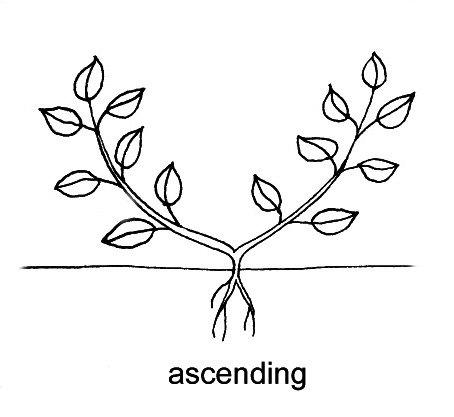 Curving or angling upward from base, or about 30-60 degrees less than vertical or away from axis of attachment. , generally branched; leaves generally round to spoon- or fiddle-shaped, entire  Having margins that are continuous and smooth (i.e., without teeth, lobes, etc.). or few-toothed to shallowly lobed; heads 5–10(100); fruit tapered  Gradually (not abruptly) narrower or smaller at base or tip. but not beaked; alpine ..... C. nana 7' Plant generally ± hairy ( Crepis runcinata sometimes glabrous) 9. Leaves generally dentate  Having margins with sharp, relatively coarse teeth pointing outward, not tipward. , sometimes pinnately lobed ..... C. runcinata 10. Leaf green, teeth prominently white-tipped; inner phyllaries widely lanceolate  Narrowly elongate, widest in the basal half, often tapered to an acute tip. or elliptic  In the shape of a flattened circle or ellipse; wider than linear to oblong 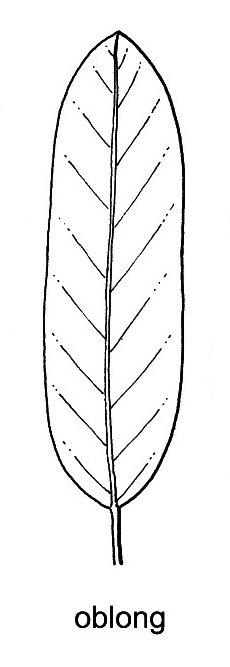 Longer than wide, with nearly parallel sides; wider than linear. ..... subsp. andersonii 10' Leaf glaucous, teeth not prominently white-tipped; inner phyllaries linear  Elongate, with nearly parallel sides; narrower than elliptic or oblong. to narrowly lanceolate ..... subsp. hallii 9' Leaves generally pinnately lobed or divided or sharply serrate 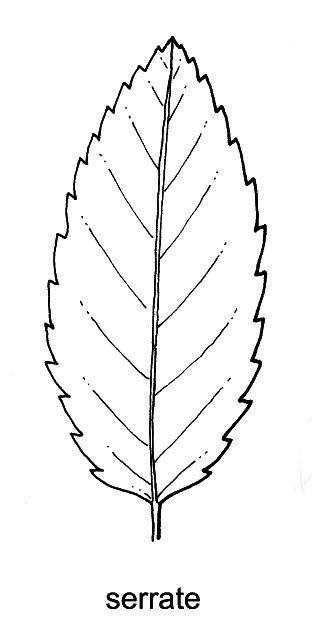 Having margins with sharp, fine to coarse teeth generally pointing tipward, not outward; margins with such teeth on such primary teeth are doubly serrate. 11. Herbage and involucres coarsely hairy, hairs 1–3 mm; phyllaries acute  Having a short-tapered, sharp tip, the sides convex or straight and converging at less than a right angle. or long-acuminate 12. Herbage and involucres densely coarse-hairy and stalked-glandular; inner phyllaries long-acuminate ..... C. monticola 12' Herbage and involucres bristly and ± short-tomentose, generally not stalked-glandular; inner phyllaries acute (see 13. for varieties) ..... C. modocensis (2) 11' Herbage and involucres ± short-tomentose, hairs or bristles generally < 1 mm; phyllaries acute 13. Inner phyllaries with ± black, ± white, or green bristles; fruit ± dark green to deep red, dark brown or ± black, weakly ribbed or striate ..... C. modocensis (2) 14. Stem branched near or distal to middle; involucre  Group of bracts more or less held together as a unit, subtending a flower, fruit (acorn cup), or inflorescence. 11–16 mm; pappus 5–10 mm ..... subsp. modocensis 13' Inner phyllaries generally glabrous, tomentose, or less often short-stalked-glandular or with few black bristles; fruit ± yellow, light to dark brown, red-brown, or deep green, distinctly ribbed 15. Largest heads with 5–8 inner phyllaries; flowers generally 5–10 16. Cauline leaves well developed; heads 30–70(100+) in compound flat-topped cluster; inner phyllaries generally glabrous or occasionally evenly tomentose, not strongly keeled; fruit ± yellow or yellow-brown ..... C. acuminata 16' Cauline leaves much reduced; heads 7–10(30) in small cyme-like cluster; inner phyllaries conspicuously white-tomentose near margins, bases becoming strongly keeled, midrib generally glabrous; fruit red-brown ..... C. pleurocarpa 15' Largest heads with 7–14 inner phyllaries; flowers 6–40 17. Plant 25–60 cm; heads generally > 20, in large ± flat-topped or panicle-like cluster; involucre 3–5 mm diam; flowers 7–12 ..... C. intermedia 17' Plant 5–40 cm; heads generally < 20 in cyme-like or panicle-like cluster; involucre 5–15 mm diam; flowers 10–40 18. Herbage green, stalked-glandular; leaf midribs often conspicuously red-purple when fresh; inner phyllaries conspicuously stalked-glandular (glabrous) ..... C. bakeri 19. Involucre narrowly cylindric 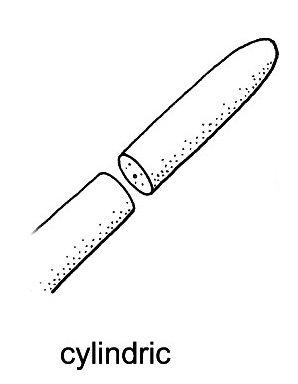 Elongate, with parallel sides and, at any point, round in transverse section. to ± obconic, 18–21 mm in fruit; outer phyllaries deltate  More or less equilaterally triangular, with the corners rounded or not. , longest << inner; pappus > fruit ..... subsp. idahoensis 19' Involucre widely cylindric, 13–20 mm in fruit; outer phyllaries lanceolate, longest ± 1/2 inner; pappus ± <= fruit 18' Herbage ± gray-tomentose, stalked-glandular or not; leaf midribs not red-purple, inconspicuous; phyllaries stalked-glandular or not ..... C. occidentalis 21. Inner phyllaries with at least some stalked glands 22. Inner phyllaries, peduncles  Stalk of an individual flower borne singly, not in an inflorescence, or of an entire inflorescence, or the corresponding structure in fruit; the stalk subtending an involucre (e.g., in Asteraceae, Polygonaceae). , and distal cauline leaves stalked-glandular and with large dark or black bristles; largest heads with 8 inner phyllaries and 12–14 flowers ..... subsp. costata 22' Inner phyllaries, peduncles and distal cauline leaves stalked-glandular, but lacking large dark or black glandular bristles; largest heads with 10–13 inner phyllaries and 18–30 flowers ..... subsp. occidentalis 21' Inner phyllaries glandless, or if with a few stalked glands then involucre with 8 phyllaries 23. Stem generally low, 5–20 cm, branched near base; inner phyllaries 8–12; leaves deeply pinnately lobed, lobes  1. A major expansion or bulge, such as on the margin of a leaf, sepal, or petal, or on the surface of an ovary. 2. The free tips of otherwise fused structures, such as sepals or petals; larger than teeth. narrow, remote, lanceolate, few-toothed ..... subsp. conjuncta 23' Stem well developed, 10–40 cm, with definite primary axis below heads; inner phyllaries generally 8; leaves strongly dentate or pinnately lobed, lobes closely spaced ..... subsp. pumila
Please use this Google Form for Contact/Feedback
Citation for the whole project: Jepson Flora Project (eds.) . Jepson eFlora, https://ucjeps.berkeley.edu/eflora/ [accessed on ]
Citation for an individual treatment: [Author of taxon treatment] [year]. [Taxon name] in Jepson Flora Project (eds.) Jepson eFlora, [URL for treatment]. Accessed on .
We encourage links to these pages, but the content may not be downloaded for reposting, repackaging, redistributing, or sale in any form, without written permission from The Jepson Herbarium.
|
|
 |

